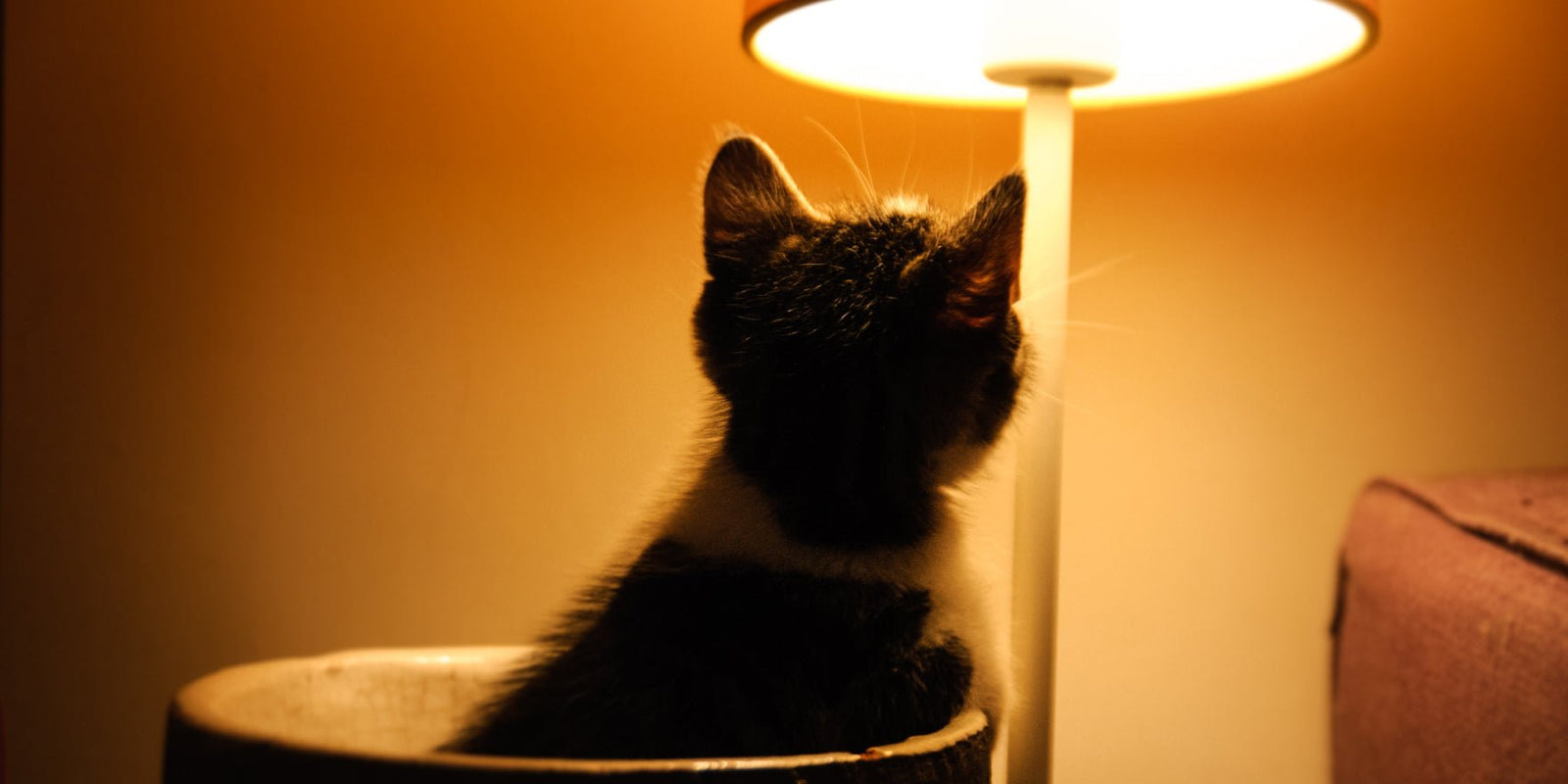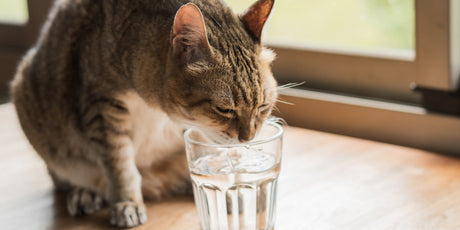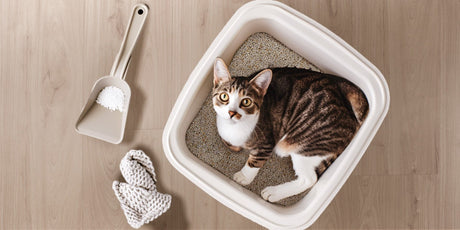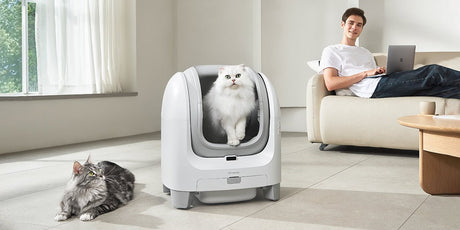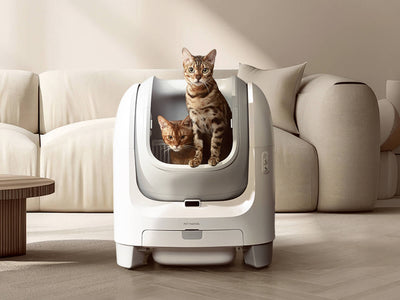In most cases, it's not necessary as cats have excellent vision in low-light conditions, unless your cat has visual impairments or your room is completely dark like a cave.
Why do cats have better night vision?
Cats are crepuscular animals, meaning they are most active during dawn and dusk. This characteristic is a genetic memory from their wild hunting days. Their exceptional motion-sensitive system provides them with the right conditions for activity during these times:
1. High Density of Rod Cells: A study published in "Visual Neuroscience" states that cats have 6-8 times more rod cells in their retinas than humans, giving them superior light sensitivity in low-light conditions.
2. Tapetum Lucidum: Cats have a special reflective layer at the back of their eyes, known as the tapetum lucidum. This layer reflects unabsorbed light back to the retina, effectively giving it a second chance to absorb it, resulting in clearer vision in dim settings. This is also why their eyes glow in the dark.



When should you leave a light on?
Ensure the light you leave is soft. An LED light with infrared sensing or a timer is a good choice. Lights are only needed in certain situations, and not necessarily all the time:
1. Kittens: Young cats have not fully developed their vision and may feel uneasy in complete darkness. A soft light can help them adjust to their new environment and reduce anxiety.

2. Elderly Cats/Cats with Visual Impairments: Some older cats may experience declining vision (like cataracts), or those already with visual impairments, which can affect their ability to navigate in the dark.
3. New Cats/New Environment: When a cat arrives in a new home or after a move, it might be unfamiliar with the surroundings. A small light can help them adjust, especially when looking for water, food, or the litter box at night. This process usually lasts 1-3 days until the cat adapts.
4. Stairs: Long stairways that are too dark at night can pose a risk of falling for cats, especially if there are no guardrails.
5. Cats Alone at Home: Leaving a light on when you're out at night can help a cat sense its environment, making it feel more secure.
6. Avoiding Stepping on Your Cat: If your cat likes to sleep in areas you frequently walk through at night, leaving a light on or using a flashlight can help you avoid accidentally stepping on them.
Conclusion
In most cases, you don't need to leave a light on for your cat. It might disrupt their normal sleep patterns and stimulate their senses, encouraging more playtime. Cats have good vision in low-light environments, but that doesn't mean they have infrared night vision.
______________
References:
1. Hughes, A. (1977). "A quantitative analysis of the cat's retina". Journal of Comparative Neurology.
2. Ollivier, F. J. et al. (2004). "Comparative morphology of the tapetum lucidum in the eyes of domestic mammals". Veterinary Ophthalmology.
3. Land, M. F., & Nilsson, D. E. (2012). Animal Eyes. Oxford University Press.
4. Heesy, C. P., & Hall, M. I. (2010). "The nocturnal bottleneck and the evolution of mammalian vision". Brain, Behavior and Evolution.

